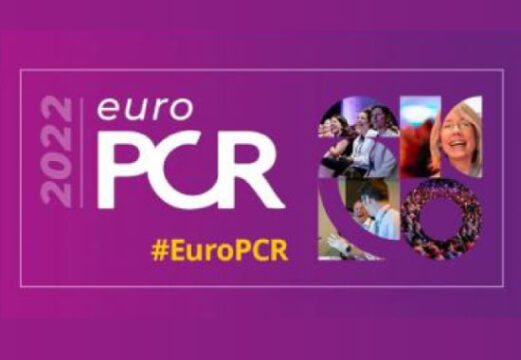The presence of stroke after TAVR has dropped and is currently at 2%; however, it is 5 times more deadly, has negatively affected quality of life and has increased healthcare costs.

The ASTRO TAVI registry included 14 centers and 16615 TAVR procedures between 2006 y 2021. In this period, there were 484 neurological events within 30 days after procedure (2.9%). 387 of these events were ischemic strokes (2.3%) and 93 were excluded for lack of data, leaving 276 patients for analysis. Patients were either treated conservatively (CT) or received a neuro-intervention (NI) with thrombolysis or mechanical thrombectomy.
Primary end point was all cause mortality at 1 year and neurological disability at 90 days was assessed with the modified Rankin score.
Stroke was mild (NIHSS 0-5) in 149 patients (146 CT and 3 NI), moderate (NIHSS 6-15) in 71 (CT 56 and NI 15) and severe (NIHSS 16-42) in 74 (53 CT and 21 NI).
Most strokes presented within 48 hours, morality was higher in patients with severe stroke vs. moderate or mild, both at 30 days and 12 months. (57.6% vs. 18.4% vs.9% p<0.0001 and 77.5% vs. 36% vs. 29% p<0.0001).
Read also: EuroPCR 2022 | Changes in Cardiac Damage after Surgical Aortic Valve Replacement.
Where comparing patient treatments, there were no differences between patients with moderate and severe stoke. Neither were there differences when looking at aortic valve area, mean gradient and left ventricular function, which was conserved. Mean age was 81, 31% were diabetic, 71% hypertensive, 17% had COPD, 1,4 mg/L creatinine.
Cerebroprotection was used in 6%, 80% were treated via femoral and 68% of valves were self-expanding.
Mortality STS Score was 5.8%.
Read also: Transfemoral vs Transradial Approach in the Percutaneous Treatment of CTO.
General anesthesia was more frequent in patients receiving CT (43.5% vs 15.4% p=0.001).
At 12 months, even though there were no differences in mortality, there was lower neurological disability in patients undergoing neuro intervention at 90 days.

Dr. Carlos Fava.
Member of the editorial board of SOLACI.org.
Subscribe to our weekly newsletter
Get the latest scientific articles on interventional cardiology





